Park and recreation: 31/44 transforms neglected London site into bespoke family home
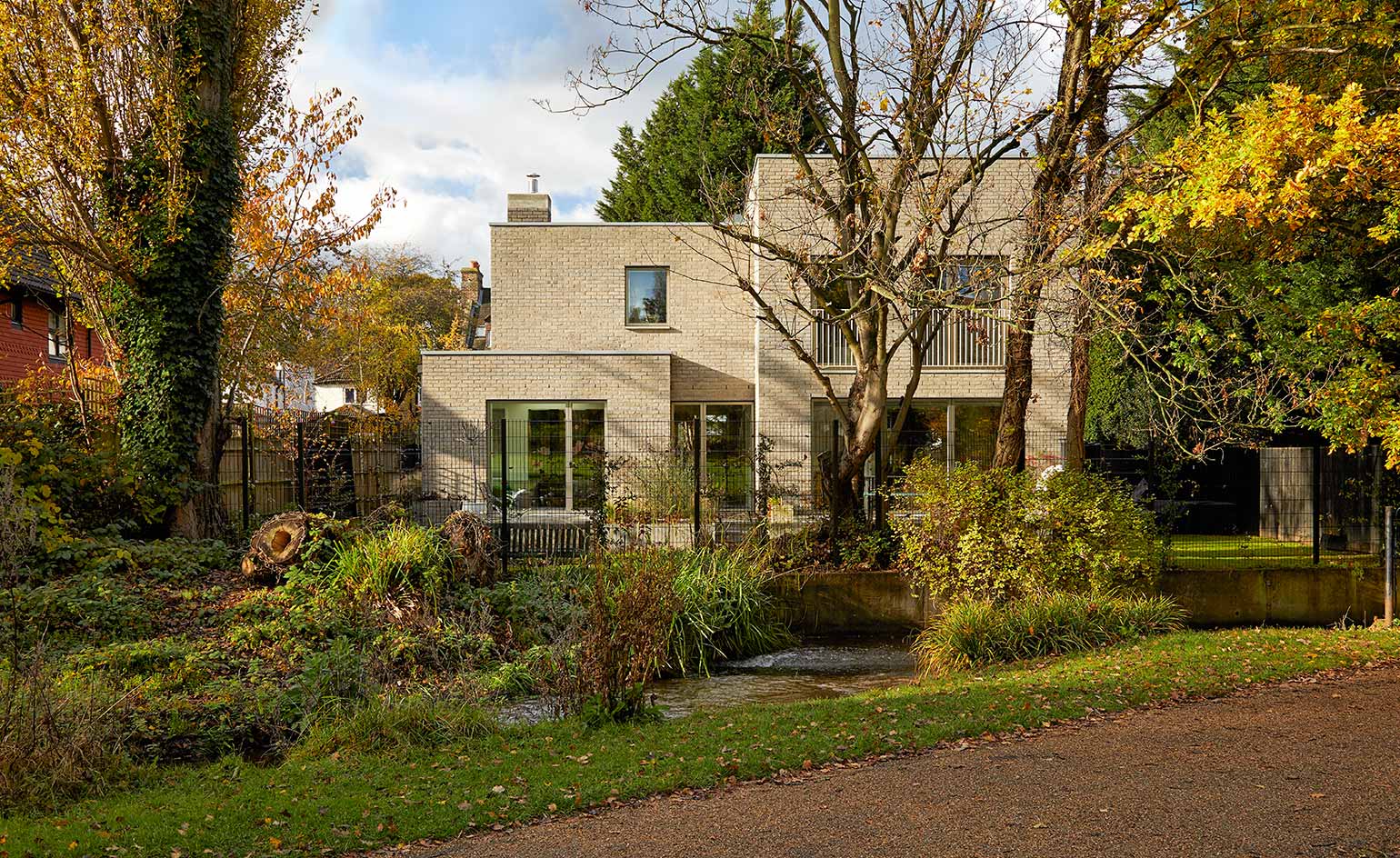
For space-strapped Londoners, making the most of unexpected and neglected sites often seems to be the only route to a bespoke family home; and the capital’s architects know this well. Emerging architecture practice 31/44’s latest residential project, Park House, is a case in point.
The house is a ground up new build structure, created in a trapezoid shaped brownfield site, formerly occupied by garages, and backing onto the River Quaggy in the London Borough of Lewisham. The architects took on the challenge to redesign the disused space into a warm family home; and so they did, using modern, rectilinear brick volumes, while taking full advantage of the location’s verdant woodland location. Frameless Velfac windows underline the structure’s light, minimalist character.
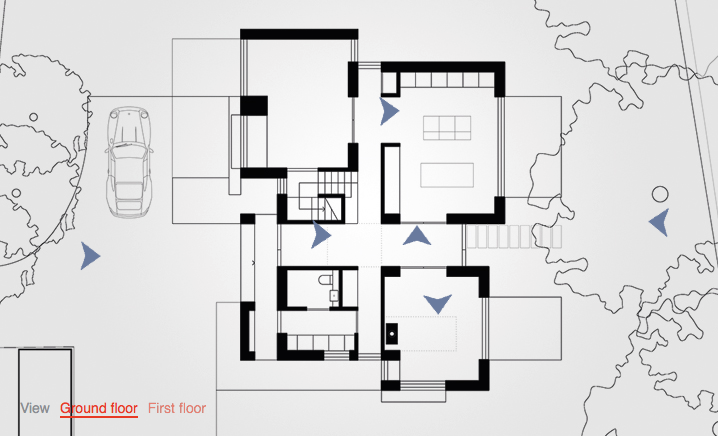
Take an interactive tour of Park House
An elegant composition of volumes and voids ensure the interior gets plenty of natural light. A dramatic double height entrance lobby leads to an array of living areas lined in oiled oak timber and grey Mosa ceramic tiles. Upstairs are the house’s bedrooms. A simple material and colour palette makes for a bright, homely, yet sharp and contemporary interior. Large windows allow for plenty of direct visual connections to the leafy outdoors, as well as a gentle shadow play inside.
Park House may have been created as a speculative single residence for a private developer, but it was snapped up by a young family in no time. The new owners admired the practice’s work ever since they had the chance to visit an earlier project, No 49 Lewisham, during Open House London the year before; so when the chance came up to own a 31/44 design, they jumped at the opportunity.
‘We were fortunate to find this hidden gem, a haven on the edge of the meadow with all the benefits of living in London’, say Park House owners Pia and Jon Fairhurst. ‘We love the lifestyle that Park House gives us with the sense of light and space. Every window gives us another view of our garden, the meadow or the sky. Every detail of the layout and storage has been carefully considered and beautifully crafted.’

The brick structure is a considered composition of rectangular volumes and voids.
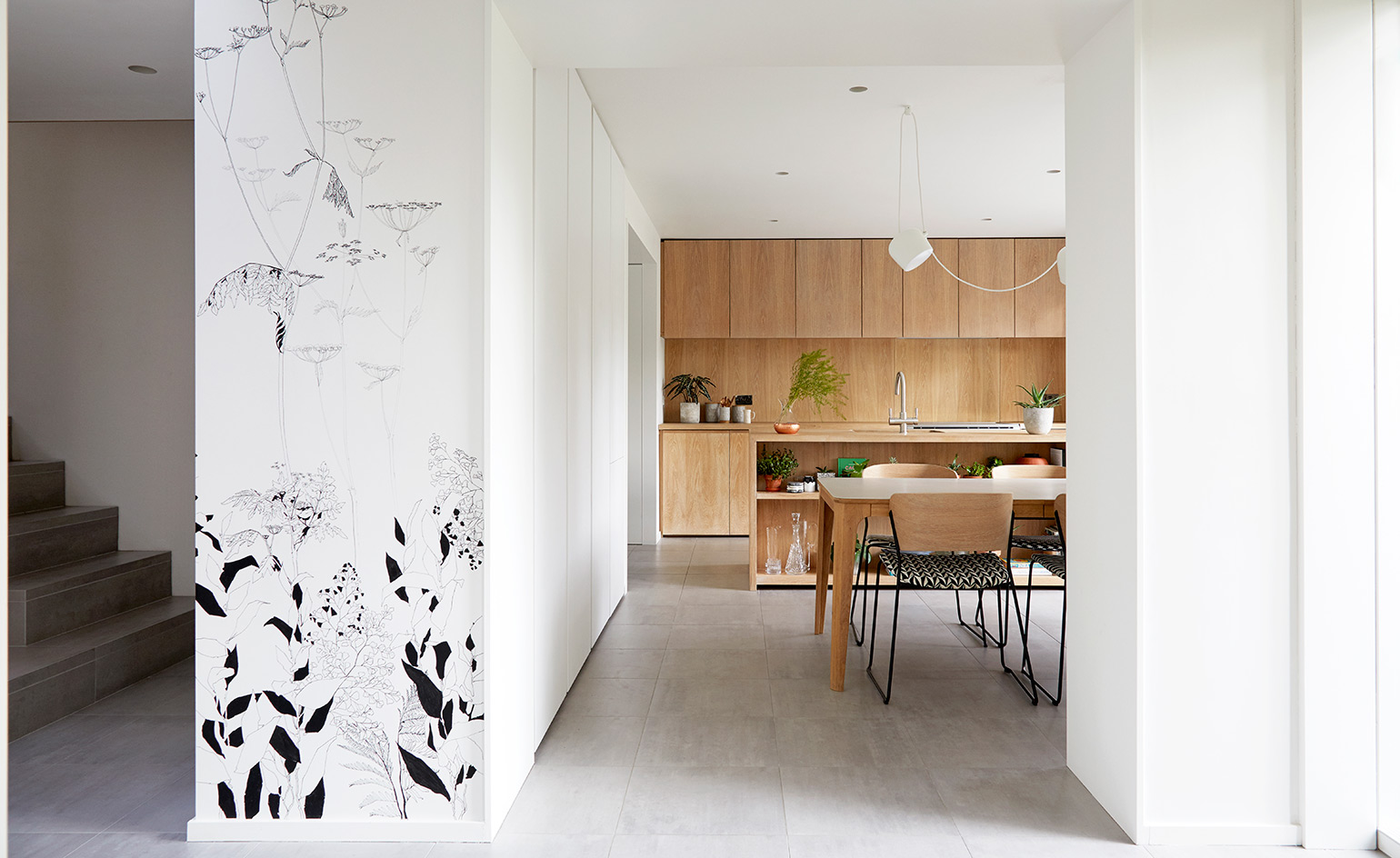
Inside, the architects opted for a serene, yet sharp and contemporary interior is light colours and natural materials.

The ground level features the living spaces, lined in oiled oak and grey Mosa ceramic tile flooring.

Views out towards the garden and greenery beyond were important to the design.
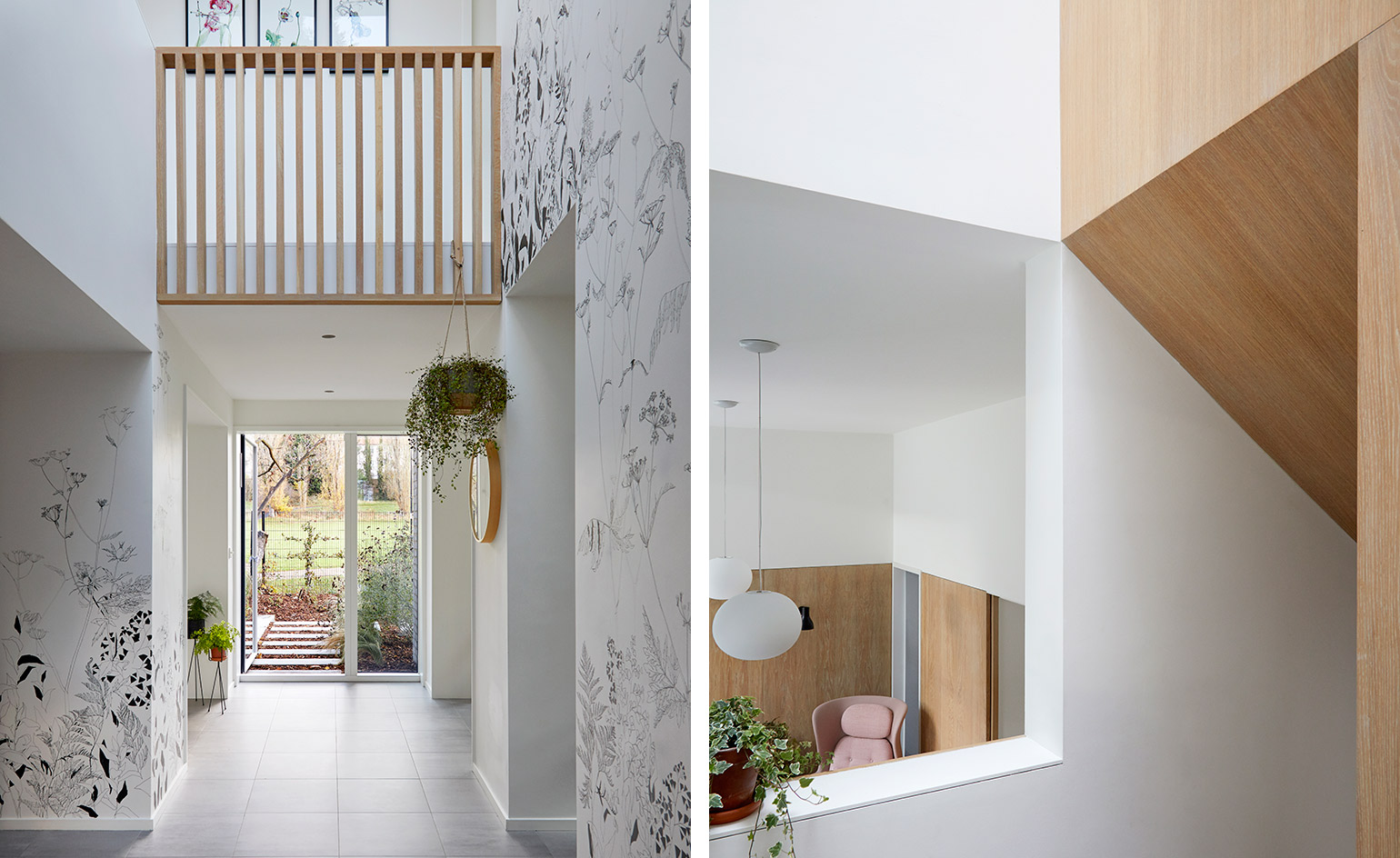
The house was created as a speculative project for a private developer.

However it was immediately snapped up by a young family, who were familiar with the practice's work.
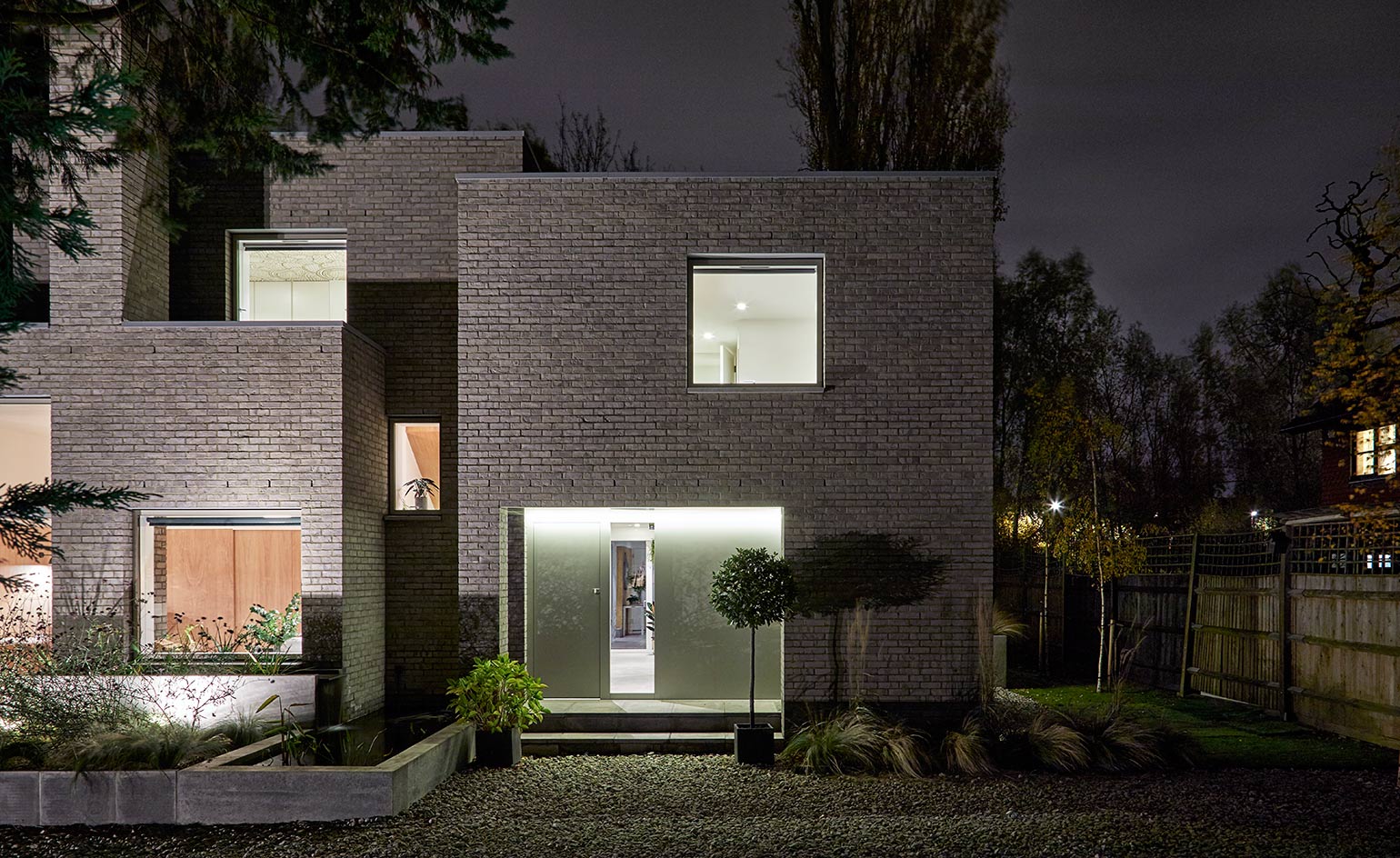
The team transformed a disused site, backing onto the River Quaggy, into a warm family home.
INFORMATION
For more information, visit the 31/44 architects website
Receive our daily digest of inspiration, escapism and design stories from around the world direct to your inbox.
Ellie Stathaki is the Architecture & Environment Director at Wallpaper*. She trained as an architect at the Aristotle University of Thessaloniki in Greece and studied architectural history at the Bartlett in London. Now an established journalist, she has been a member of the Wallpaper* team since 2006, visiting buildings across the globe and interviewing leading architects such as Tadao Ando and Rem Koolhaas. Ellie has also taken part in judging panels, moderated events, curated shows and contributed in books, such as The Contemporary House (Thames & Hudson, 2018), Glenn Sestig Architecture Diary (2020) and House London (2022).
-
 Volvo’s quest for safety has resulted in this new, ultra-legible in-car typeface, Volvo Centum
Volvo’s quest for safety has resulted in this new, ultra-legible in-car typeface, Volvo CentumDalton Maag designs a new sans serif typeface for the Swedish carmaker, Volvo Centum, building on the brand’s strong safety ethos
-
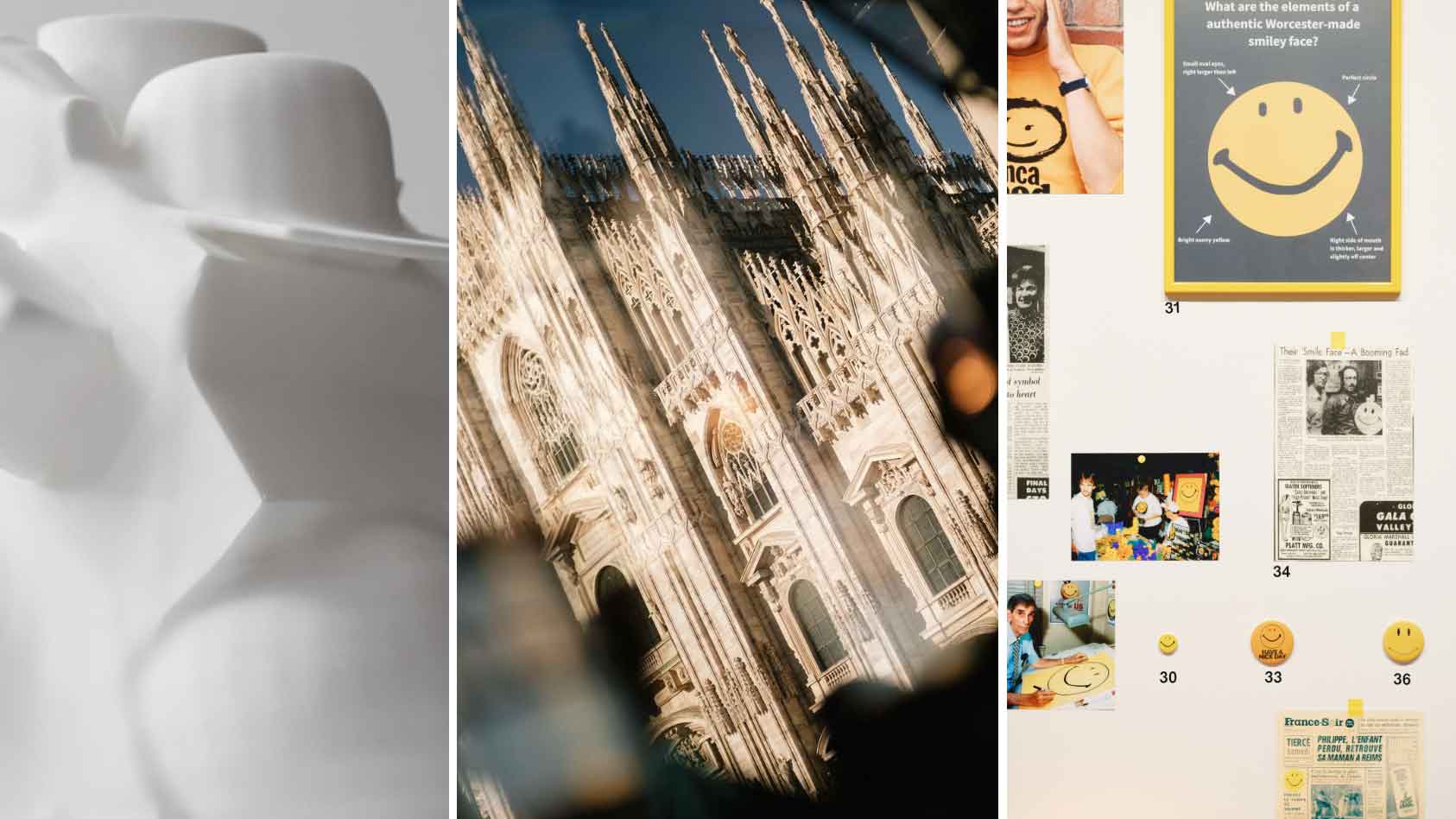 We asked six creative leaders to tell us their design predictions for the year ahead
We asked six creative leaders to tell us their design predictions for the year aheadWhat will be the trends shaping the design world in 2026? Six creative leaders share their creative predictions for next year, alongside some wise advice: be present, connect, embrace AI
-
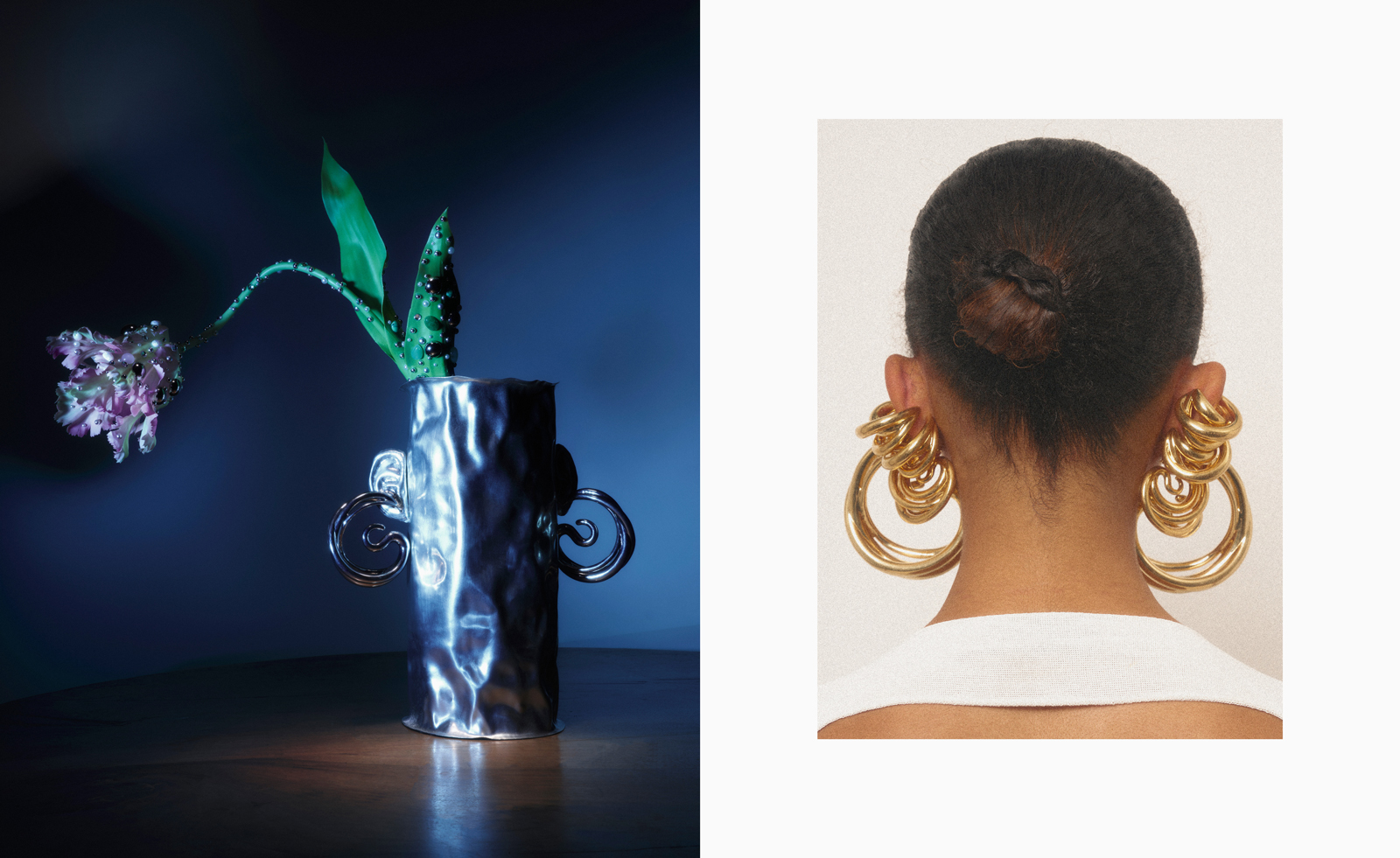 10 watch and jewellery moments that dazzled us in 2025
10 watch and jewellery moments that dazzled us in 2025From unexpected watch collaborations to eclectic materials and offbeat designs, here are the watch and jewellery moments we enjoyed this year
-
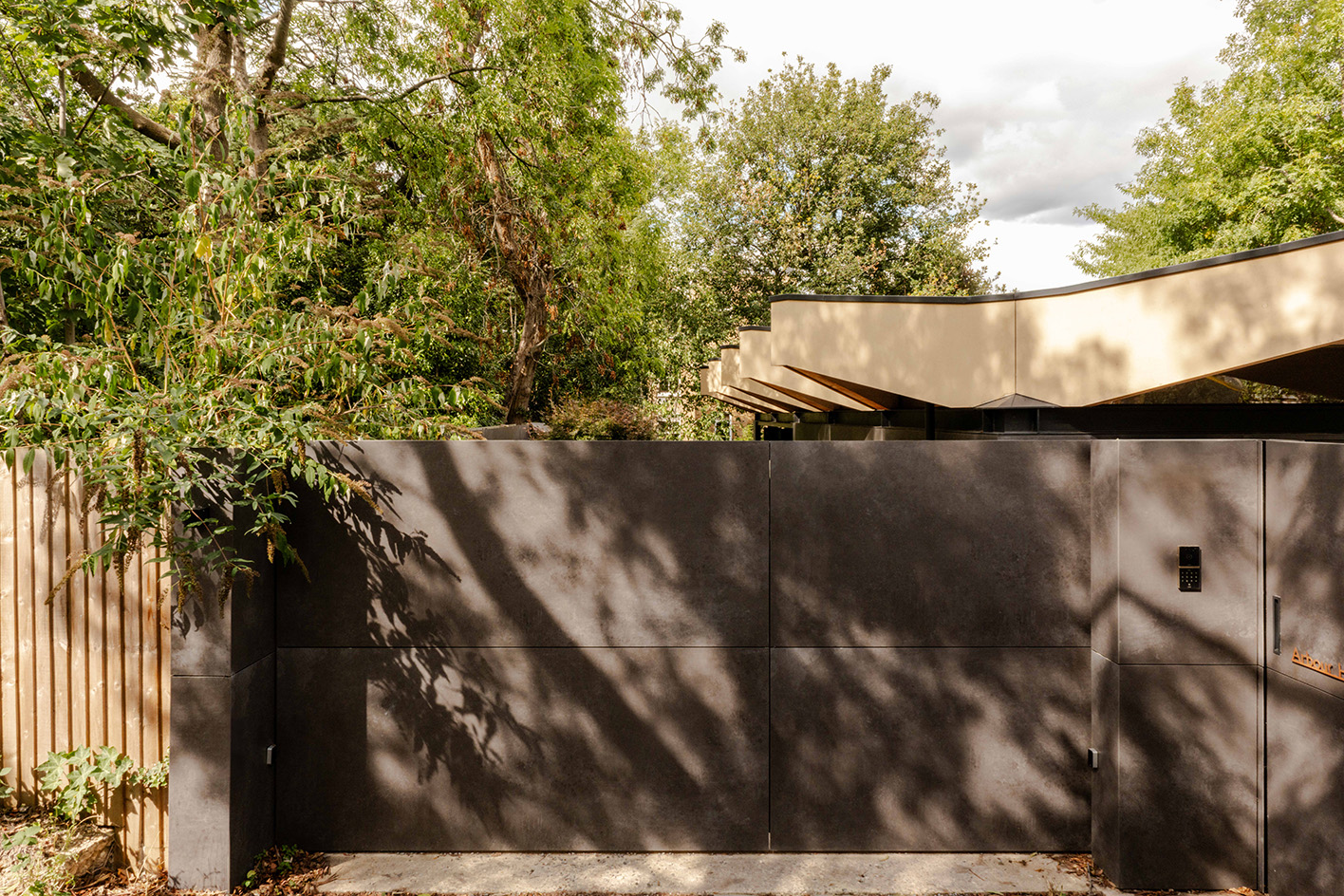 Arbour House is a north London home that lies low but punches high
Arbour House is a north London home that lies low but punches highArbour House by Andrei Saltykov is a low-lying Crouch End home with a striking roof structure that sets it apart
-
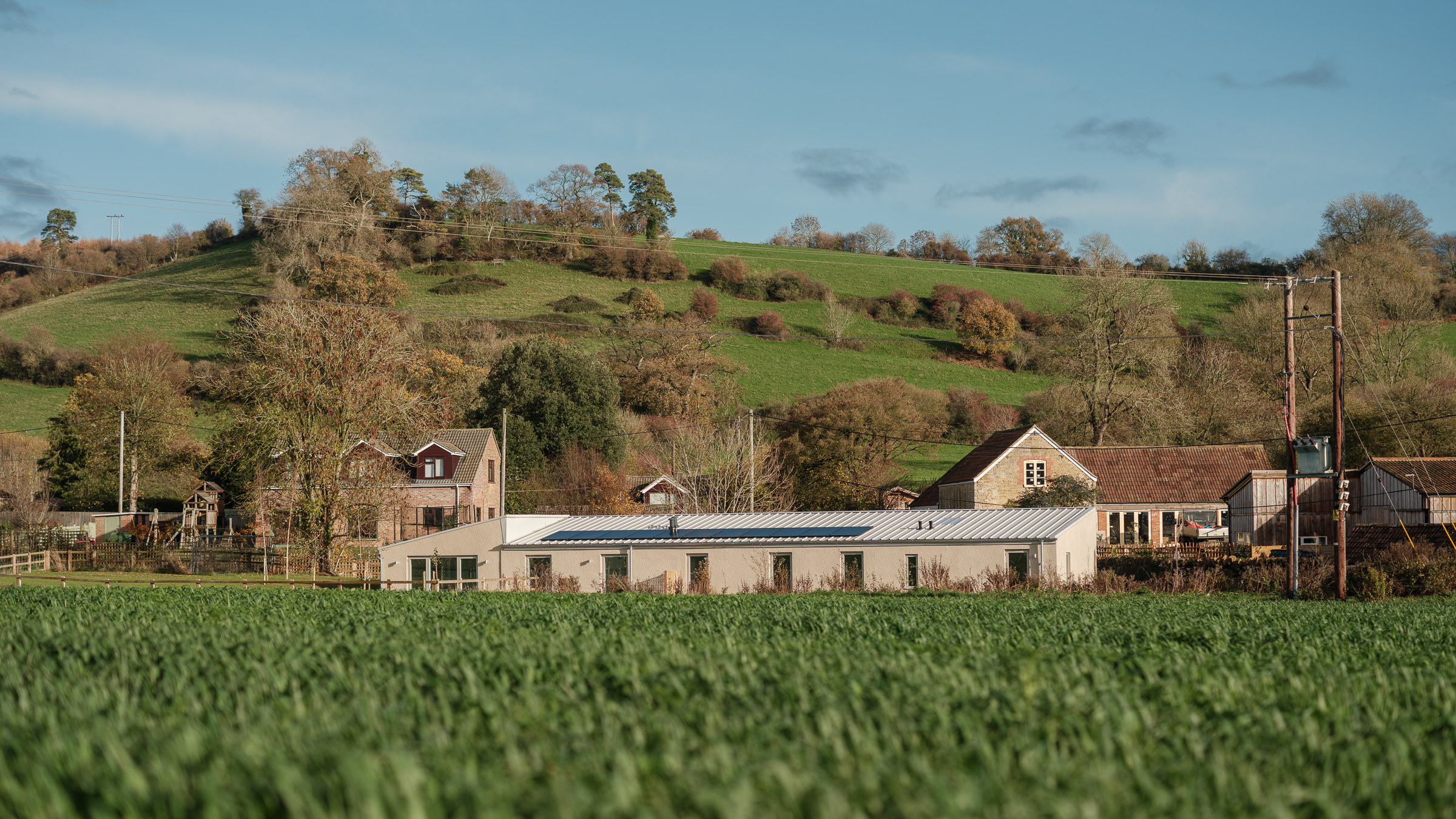 A former agricultural building is transformed into a minimal rural home by Bindloss Dawes
A former agricultural building is transformed into a minimal rural home by Bindloss DawesZero-carbon design meets adaptive re-use in the Tractor Shed, a stripped-back house in a country village by Somerset architects Bindloss Dawes
-
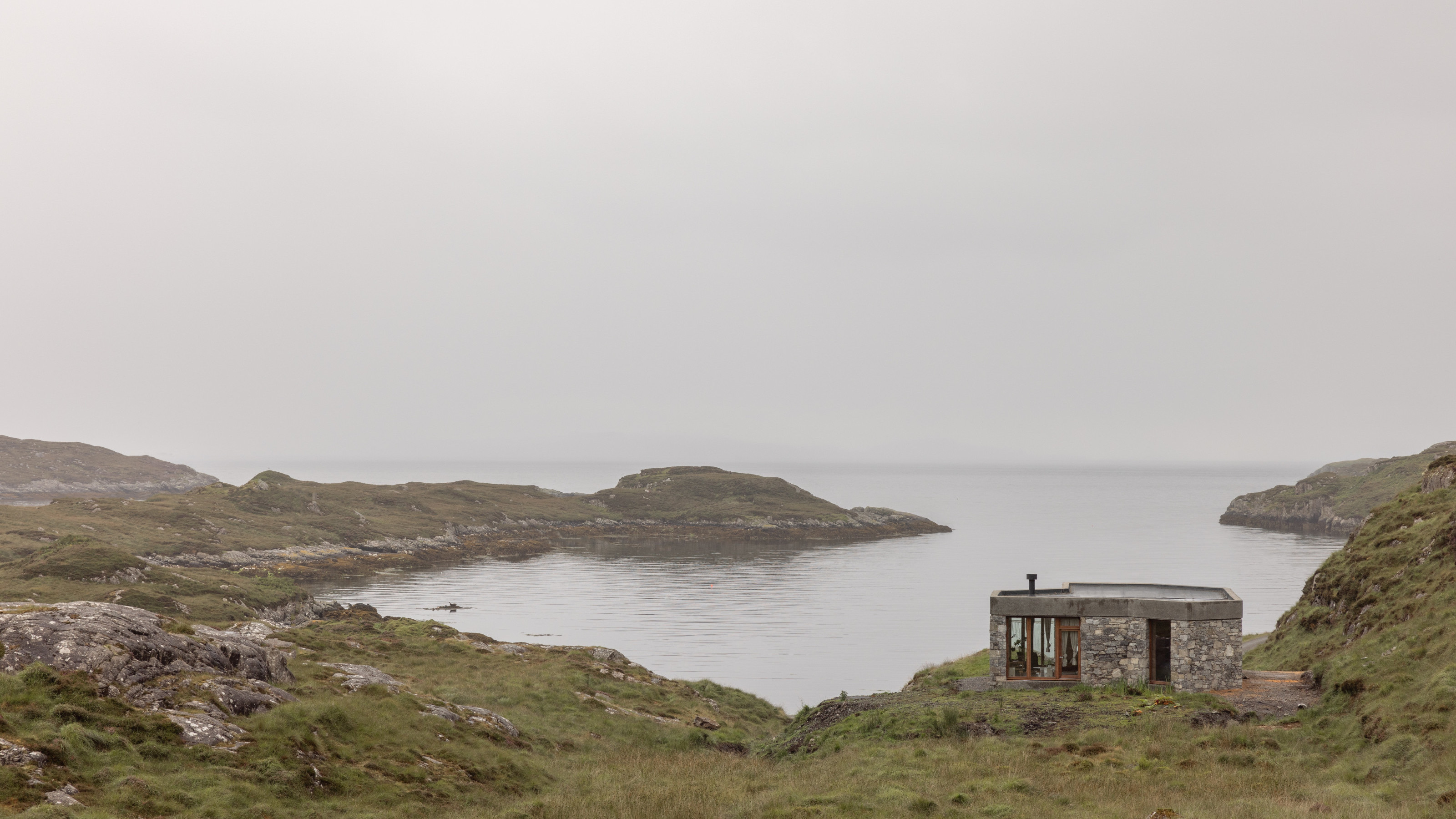 RIBA House of the Year 2025 is a ‘rare mixture of sensitivity and boldness’
RIBA House of the Year 2025 is a ‘rare mixture of sensitivity and boldness’Topping the list of seven shortlisted homes, Izat Arundell’s Hebridean self-build – named Caochan na Creige – is announced as the RIBA House of the Year 2025
-
 In addition to brutalist buildings, Alison Smithson designed some of the most creative Christmas cards we've seen
In addition to brutalist buildings, Alison Smithson designed some of the most creative Christmas cards we've seenThe architect’s collection of season’s greetings is on show at the Roca London Gallery, just in time for the holidays
-
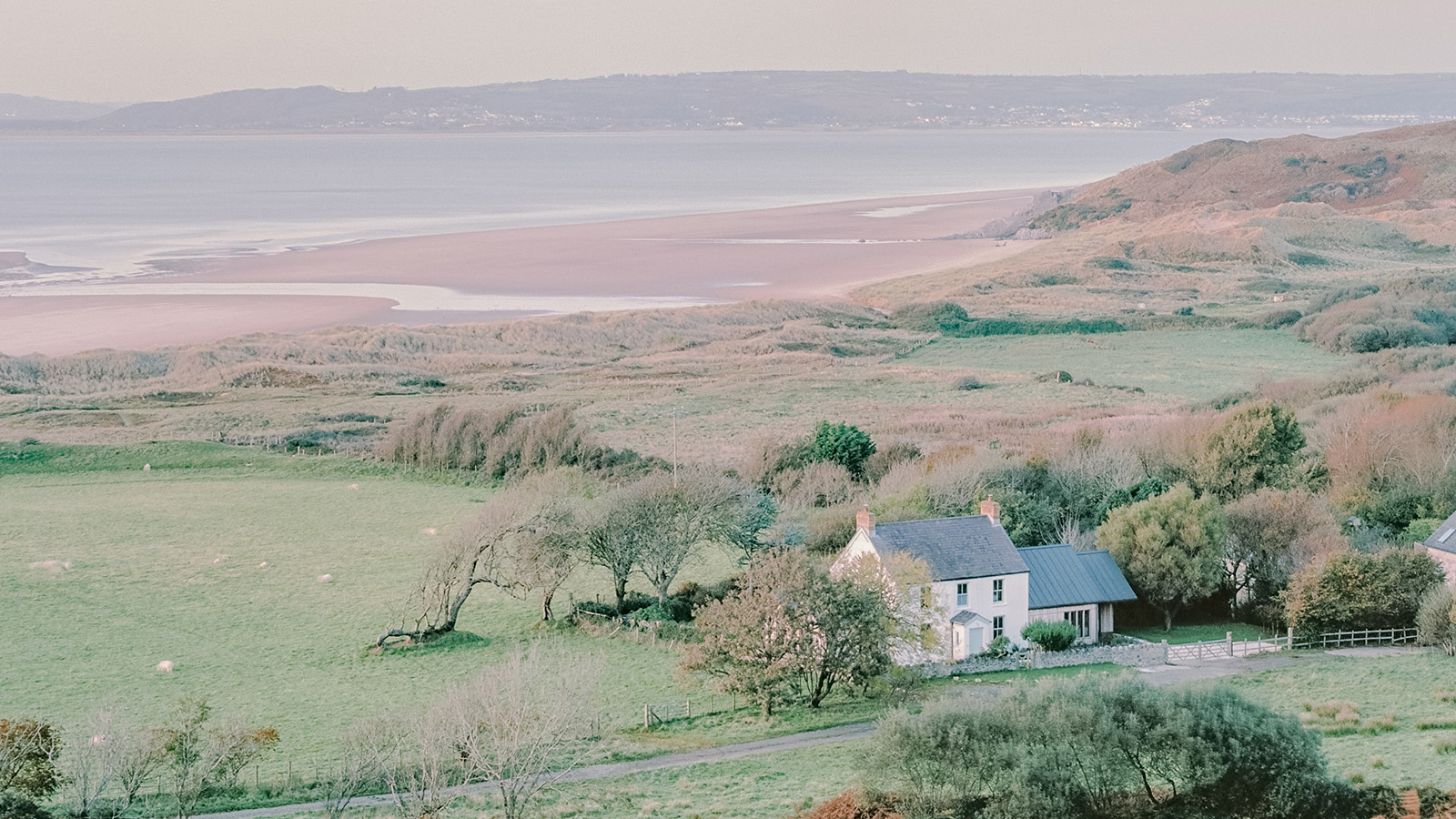 In South Wales, a remote coastal farmhouse flaunts its modern revamp, primed for hosting
In South Wales, a remote coastal farmhouse flaunts its modern revamp, primed for hostingA farmhouse perched on the Gower Peninsula, Delfyd Farm reveals its ground-floor refresh by architecture studio Rural Office, which created a cosy home with breathtaking views
-
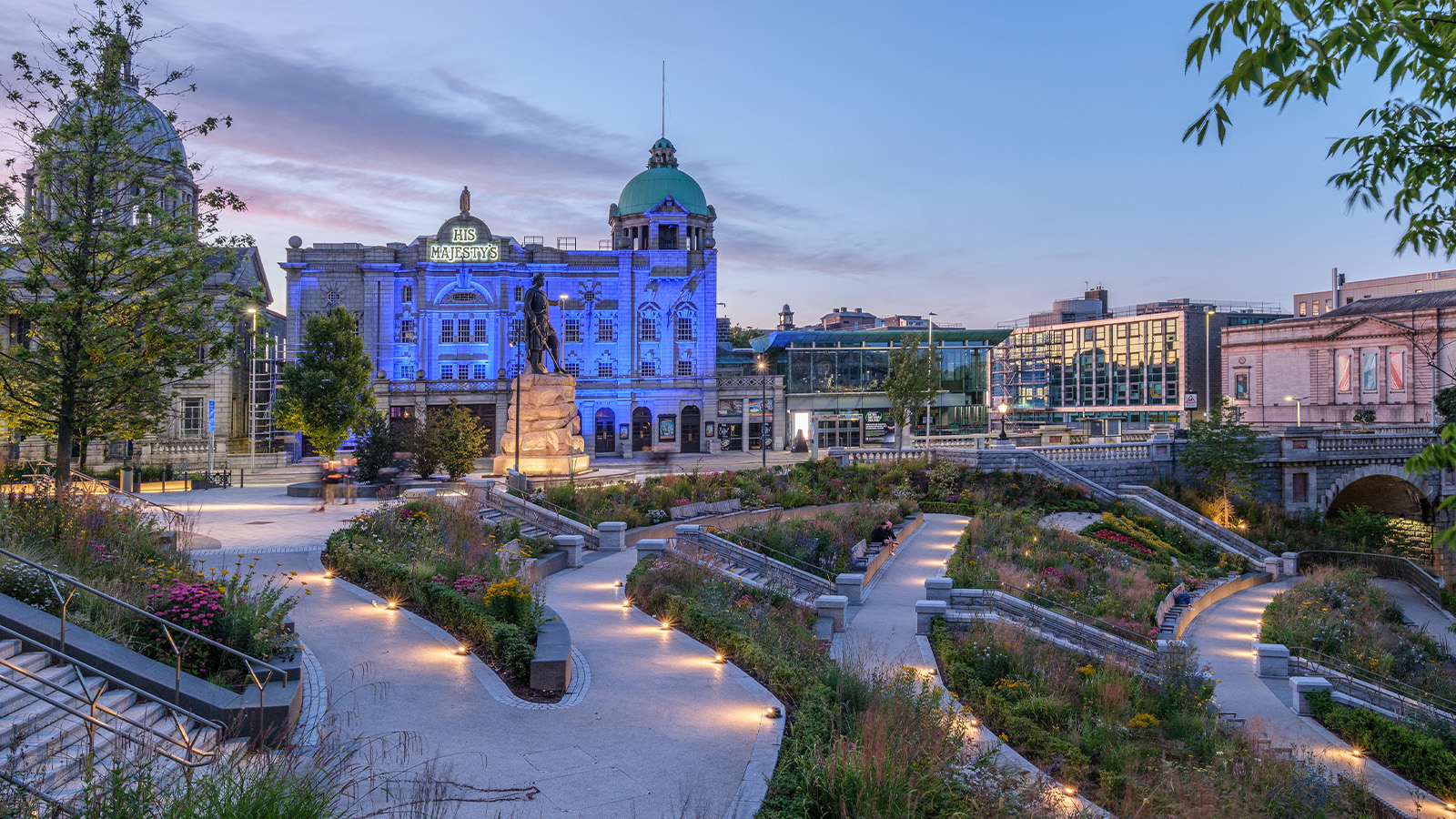 A revived public space in Aberdeen is named Scotland’s building of the year
A revived public space in Aberdeen is named Scotland’s building of the yearAberdeen's Union Terrace Gardens by Stallan-Brand Architecture + Design and LDA Design wins the 2025 Andrew Doolan Best Building in Scotland Award
-
 The Architecture Edit: Wallpaper’s houses of the month
The Architecture Edit: Wallpaper’s houses of the monthFrom wineries-turned-music studios to fire-resistant holiday homes, these are the properties that have most impressed the Wallpaper* editors this month
-
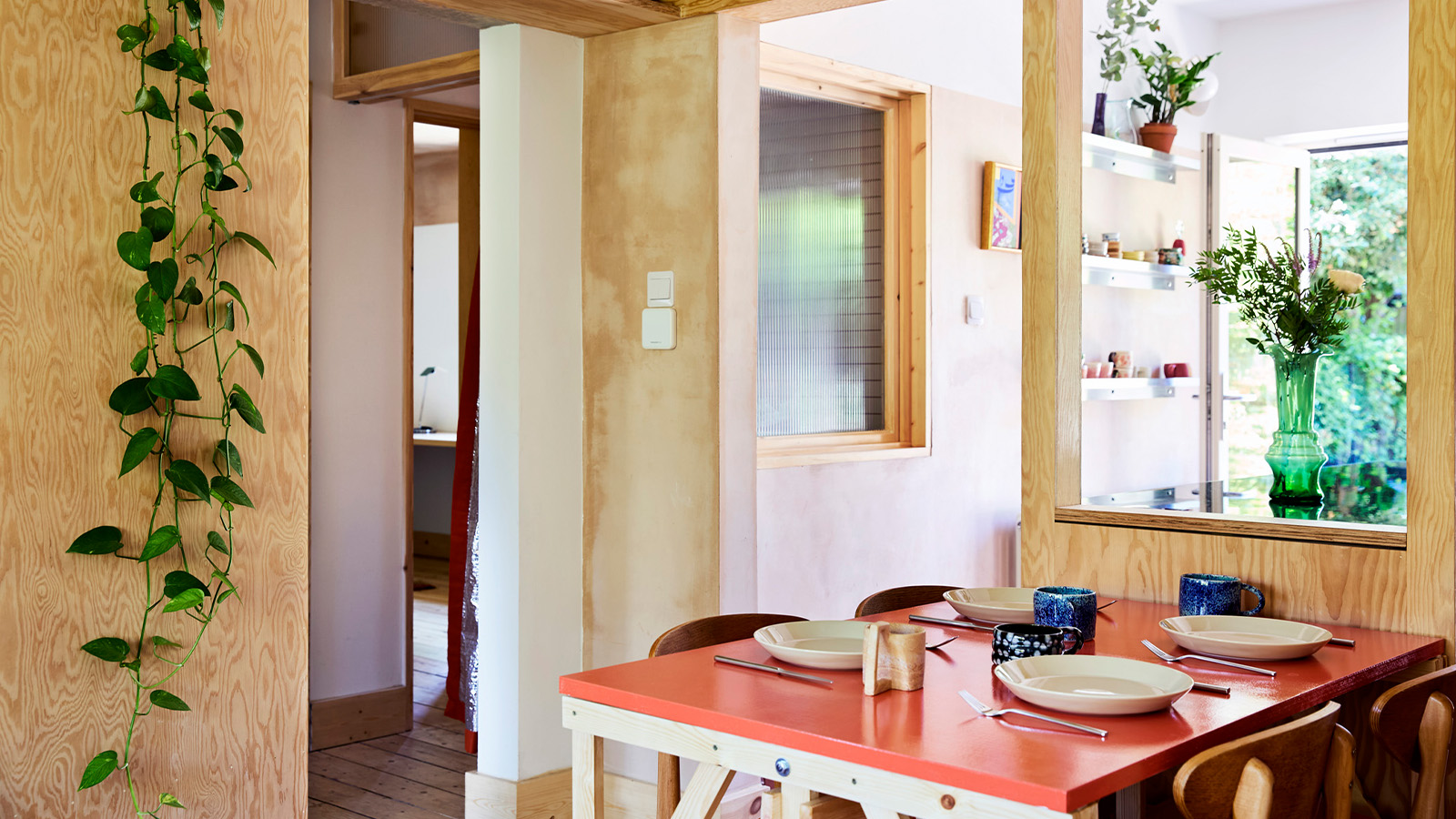 A refreshed 1950s apartment in East London allows for moments of discovery
A refreshed 1950s apartment in East London allows for moments of discoveryWith this 1950s apartment redesign, London-based architects Studio Naama wanted to create a residence which reflects the fun and individual nature of the clients